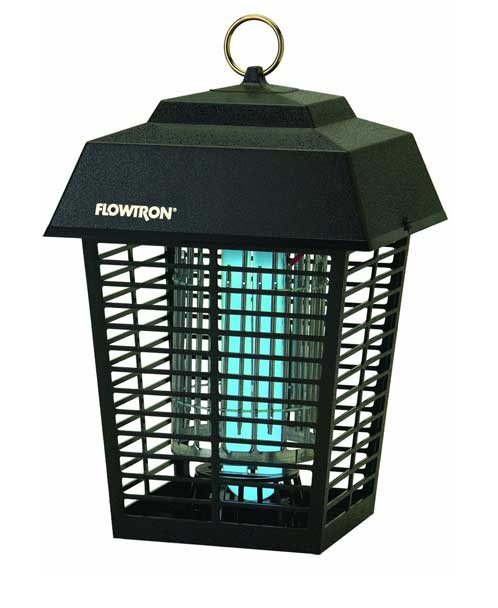Mosquitoes can really take the fun out of spending time in the yard. Not only do they ruin summer days and evenings leaving everyone annoyed and itchy, in recent years they have become a real cause for health concerns due to mosquito-borne illness.
Depending on your situation you may not be able to get rid of the flying bugs completely but there’s a lot you can do to minimize the influx.
Here’s an overview of how to control mosquitoes in your home’s outdoor area. We have separated old wives tales from science-backed remedies, fiction from fact. The result, 16 tips that actually work. Based on research, pest experts, and user experiences.
Corrective Actions
Make your yard less attractive to the buzzing bugs with these measures. Basically what you do is employ the proven effective scorched earth policy. Take away everything that mosquitoes attracts and facilitates their survival.
Get rid of (potential) water containers
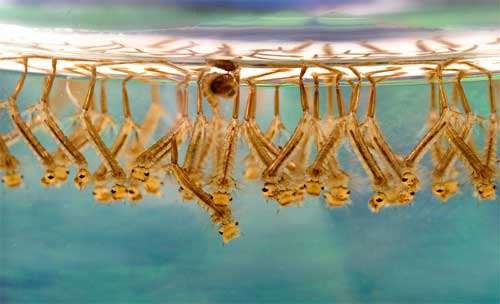
In the war against the bugs standing water is the battlefront. Tackle the problem at the source. Prevent larvae from growing into adult skeeters. This is one of the most effective ways to minimize their presence.
Mosquitoes lay eggs on the surface of standing water. Inspect your yard for standing (rain) water. Even the barest amount (i.e. a quarter of an inch of water) is enough for the pests to spawn.
Empty or remove all the items that can contain water for at least a few days. By eliminating all these water sources you are taking away ideal breeding grounds for the bugs.
Items and spots that contain water include,
bird baths, ornamental fountains, water gardens, rain barrels without screened covers, plant pots, animal drinking containers, the crevices of plastic toys, garbage cans, old tires, buckets, tree stumps, puddles, shallow ponds, clogged gutters, obstructed down spouts, flat roofs, and yard debris.
Remove or turn containers upside down since the airborne pests leave their eggs in currently dry containers. When filled with rain water the eggs will hatch .
Turn water barrels upside down during the winter. During mosquito season (till October) cover the barrel with a lid. Keep lid sealed with connectors. Use a mosquito-proof screen (very fine mesh) to seal and cover the rain barrel.
Ensure cistern screens are intact and covers fit well. Avoid seepage around animal watering troughs, cesspools, cisterns and septic tanks.
Refresh the water in bird baths at least once a week.
Improve swampy soil
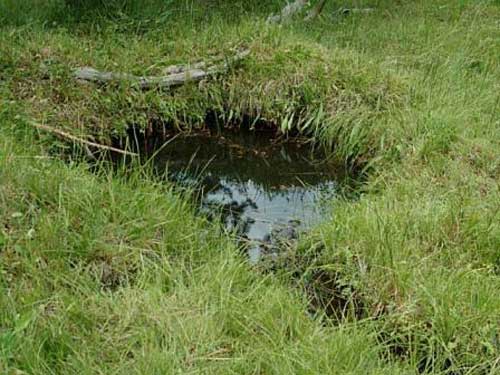
Sun Tzu said it already, “the low ground, on the other hand, is often wet and full of mosquitoes”.
Aedes mosquitoes prefer to lay eggs in low lying areas that flood from time to time. Other causes of moist soil can be poor drainage, yard layout and soil composition.
Where possible, drain or fill non/flowing ditches, soil depressions and other soggy parts of the yard. Tree stumps can be filled with sealant or mortar to prevent gathering of water.
The more you get rid of spots that tend to gather water on wet days, the less swarming enemies you will encounter later on.
Ditches containing stagnant water for one week or longer can produce large numbers of mosquitoes. Report such conditions to a Mosquito Control or Public Health Office. (American Mosquito Control Association)
Treat water in ponds
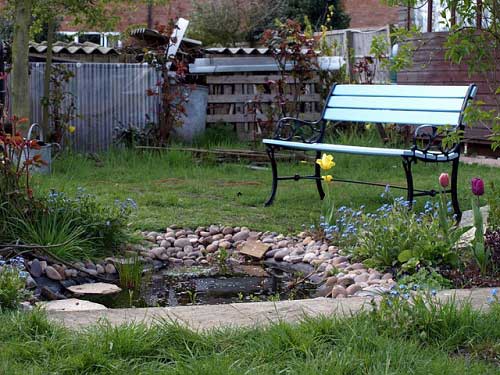 Making everything in the yard as dry as possible would be ideal to get rid of the pest but you may want to keep your nice Koi pond.
Making everything in the yard as dry as possible would be ideal to get rid of the pest but you may want to keep your nice Koi pond.
Since mosquitoes prefer standing, non-flowing water aeration helps prevent egg-laying and hatching. Use an aeration pump, a fountain, water bubbler, or a DIY pond aerator to improve water circulation and keep it moving.
- Mosquito larvae have a breathing tube they use like a snorkel with which they breath at the surface of the water. Moving water surfaces prevent breathing, drowning the larvae.
Thin out pond lilies and remove leaves and keep the water level up.
If limiting the amount of water pools is not possible or undesirable you can use a biorational larvicide. These are commonly sold as mosquito pucks or dunks.
The most popular larvicides for home use contain either the active ingredient,
- Methoprene that inhibits the development of mosquito larvae into adults.
or
- the Bti bacterium (Bacillus thuringiensis israelensis) that produces a toxin that attacks the digestive tract thus killing the larvae. (it does not affect eggs or pupae)
Both larvicides are harmless to waterfowl, fish, pets, and humans provided they are used according directions on the label.
Commercially available brand names containing methoprene are Altocide and PreStrike. Popular brands containing Bti are Mosquito Bits, Vectobac-G and Mosquito Dunks.
- Read about best practices and an extensive Mosquito Bits and Dunks review here.
These can be used on all standing water containers including roof gutters, flower pots, old tires, ponds and so on.
The difference between the two forms, granular and solid dunks
- Dunks break down slowly when wet releasing the insecticide over an extended period.
- Granular products release the Bti toxin more quickly than the dunks and are commonly used to treat smaller containers such as tree holes, flower pots etc.
According to popular belief used coffee grounds are effective at killing mosquito larvae. Coffee grounds are often claimed to force the eggs to the surface, thus depriving them of oxygen with a lethal result.
- Research shows that the truth lies somewhere in the middle. Coffee grounds, in some cases show to act as a larvicide while in other cases indirectly provide food for the larvae. Therefore UCG are probably best for small bodies of water.
A study by the University of Hawaii demonstrated that Vectobac-G, Altocid, Mosquito Bits and Mosquito Dunks are effective in killing mosquito larvae in flower vases. A dishwashing liquid was too, but affected leaf and flower quality.
Treat water in ornamental pools
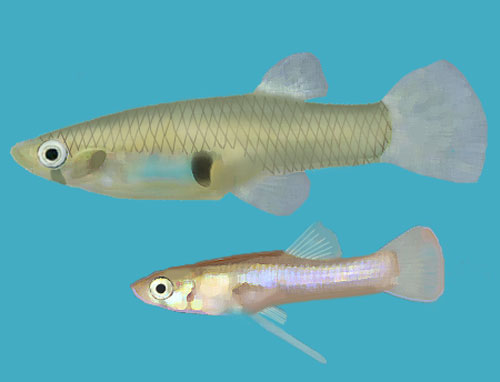
If water movement alone does not suffice you can also stock the Western Mosquitofish (Gambusia affinis).
Be cautious because Mosquitofish, also called top feeding predacious minnows, these fish have shown to kill or injure other small fish and to be a threat to frog populations. Which is why they are generally not recommended for so called ‘green pools’.
Therefore they are probably best for stagnant pools of water and large water containers such as large animal troughs, rain barrels and ornamental pools.
The mosquito larvae eating fish are claimed to be able to eat up to 300 larvae per day.
- You can get free mosquito fish at the Mosquito and Vector Control District. Request the fish online at FightTheBite.net.
Another option are guppies which are known to eat mosquito larvae. In Thailand guppies are present on large scale in urban areas where they play an important role in reducing the mosquito populations.
The annual killifish (Nothobranchius guentheri) is another type of fish known to help limit the amount of larvae in ponds and other water bodies. This study reports about the effictiveness of the from Tanzania originating fish.
Once introduced either as embryos or juveniles in ponds, the annual killifish can effectively reduce the larval population because of its aggressive predatory activity.
In certain bodies of water oil can be an effective solution too. Being lighter than water, for instance olive oil, forms a thin film on the water preventing the larvae from breathing suffocating them.
Keep swimming pools clean
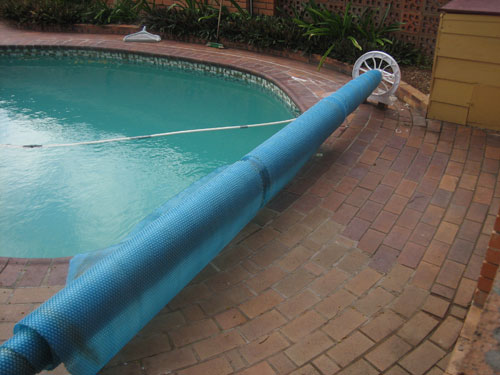
Contrary to popular belief, chlorine does not kill mosquito larvae. Even the CDC stresses the importance of keeping swimming pools chlorinated.
Bleach (sodium hypochlorite) is effective yet highly toxic to the environment thus, in many cases, undesirable.
Run a filter and use a pool cover to minimize the mosquito menace. Mosquitoes do not lay eggs in disinfected and filtered swimming pools.
Treat your yard with a mosquito insecticide
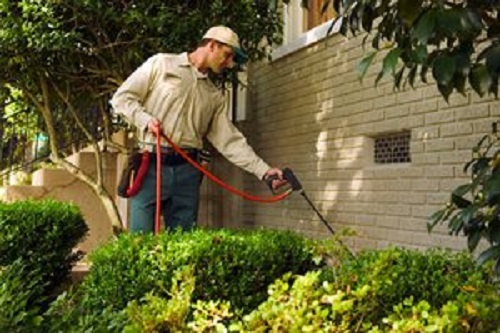
Mosquitoes lay low in dense vegetation such as trees and shrubs but also in weeds. Get rid of of tall weeds and overgrowth to minimize their resting spots during the day.
Spraying foliage such as shrubs, the lower limbs of shade trees, and other plants with an insecticide can also help. Spray both the top and especially the underside of the leaves.
- Trimming back low foliage is another common practice that helps make your yard mosquito free.
Make sure to treat all shaded areas such as under decks, along foundations overhangs of the house, the shed and other structures.
If your yard isn’t too big, using a pump sprayer (hose end sprayer) will suffice. For large yards a mist blower will be handy. Make sure to re-apply every month during the mosquito season.
Two popular insecticides for this purpose are Demand Cs and Talstar Pro. These belong to the so called pyrethroid insecticides.
These are synthetic chemical insecticides that act in a similar manner to from chrysanthemum flower derived pyrethrins.
Pyrethroids are toxic to fish but “do not pose unreasonable risks to human life, wildlife or the environment”. Source. EPA.
An alternative are garlic-based liquid sprays such as Mosquito Barrier 2000 liquid spray which is essentially highly concentrated garlic juice derived from extra potent cloves.
Replace outdoor lights with bug lights
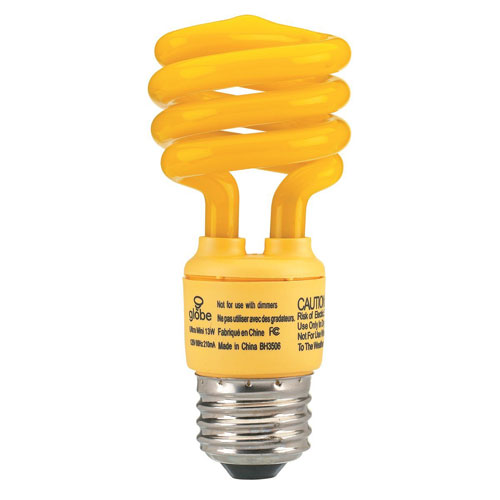
Lights attract small bugs which attract bigger bugs looking for a tasty meal. By replacing existing outdoor light for opaque yellow bug lights you may reduce the influx of the flying pests in your yard.
Because of different light wavelengths, bug lights are less visible to insects thus causing less bugs swarming around.
The, often much ballyhooed, claim is that the yellow opaque coating on bug lights ensures emitting light invisible to insects. If they can’t see a light source, they can’t swarm there.
However, not all insects are the same, different bugs see slightly different wavelengths and light always consists of several wavelengths. Despite these shortcomings bug lights can be useful additions to a multi-modal mosquito management program.
They will not be invisible to all bugs but have proven to drastically reduce swarms of bugs.
Irrigate your lawn carefully
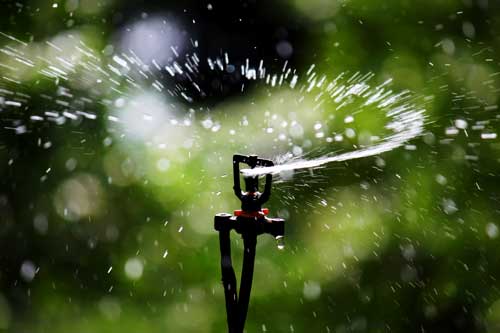
Avoid over-watering lawns and gardens to prevent standing water and other moist conditions on the premises. The less abundant water in puddles and the top soil layers the less chance for mosquitoes on successful breeding.
Traps and insecticide systems
Misting systems
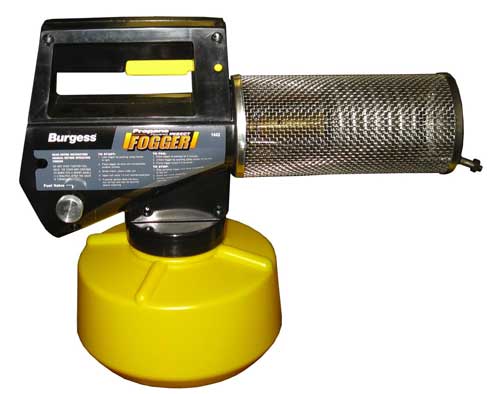
Harsh times ask for harsh measures. Chemical warfare is the way to go if you want that barbecue to be absolutely skeeter-free. Also called ‘bug bombs’, foggers create a cloud of death that kills mosquitoes on contact and lasts for hours.
For this reason misters or foggers are commonly used during pool parties, backyard picnics, and other events.
Misting systems dispense an odorless, ultra-fine insecticide mist lethal to the nefarious insects. Misting is most efficient during peak periods of mosquito flight, often around dusk. Similar to sprinklers they can be set up on a timing system.
We didn’t know what to expect at first but misters really work. We can always tell when the misting tank needs to be refilled because the mosquitoes show up.
Misting systems are generally used with botanical pyrethrum or
permethrin which are low risk, low toxicity substances that are safe on animals and humans.
These are the same compounds present in flea and tick products and dog and cat shampoos and drips.
- Consumer market insecticides containing permethrin include Ortho Home Defense Max, Ortho Bug B Gon, Raid Yard Guard, and Cutter Bug Free Backyard.
- Examples of consumer products containing pyrethrins include: Quik-Kill Home Garden & Pest Spray, Pyrethrum Total Release Fogger and Doktor Doom fogger.
- Fogging machines are also used with repellents. More expensive models are able to cover up to 4000 square feet lasting up to 6 hours.
Large, automated misting systems commonly come in a tankless or drum-based variant but have more disadvantages than portable, lightweight foggers such as the popular Burgess 1443 40-Ounce Outdoor Propane Insect Fogger.
Portable mosquito traps
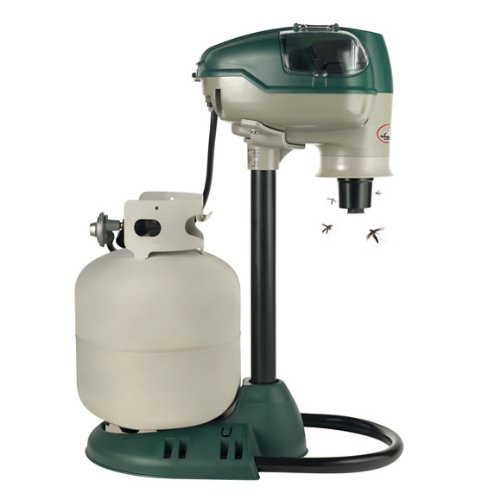
Citronella candles and coils mask the CO2 we breathe out to keep them away. Mosquito traps do the exact opposite, they emit a stream CO2 to lure mosquitoes in.
The Patriot Mosquito Magnet trap for instance converts propane into a CO2 stream, water vapor and heat to attract the little buggers. You can also add an additional attractant (i.e. Octenol3) that mimics the scent of human skin to lure in more mosquitoes.
Once captured in the trapping bag they eventually dry out and die.
These devices can be effective solutions to your skeeter problem but must be placed appropriately (for instance out of windy spots) and require regular propane and attractant refill which may make running them costly.
Repellents
Repelling lanterns
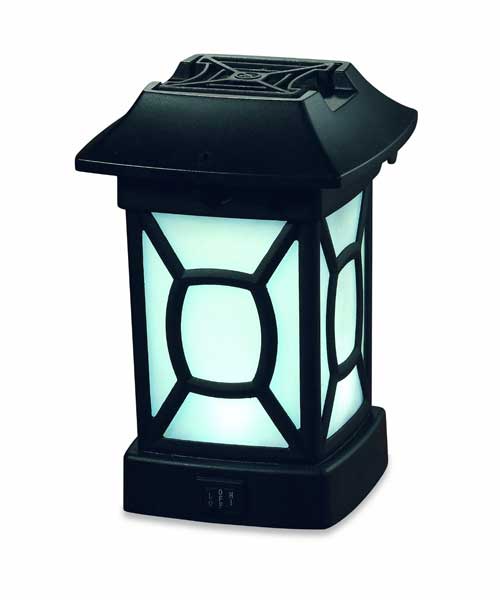
A more affordable weapon in the battle of the bugs is a portable, cordless butane powered lantern. These devices emit repellent into the air thus keeping mosquitoes, no-see-ums, and black flies away.
A butane cartridge heats a metal grill which is attached to the repellent saturated mat. Because of the heat the repellent, in this lantern allethrin, vaporizes into the surrounding air.
This particular lantern uses allethrin which is a synthetic duplicate of a component of pyrethrum (the botanical insecticide primarily produced in the chrysanthemum plant family). Allethrin is not toxic to mammals.
Outdoor fans
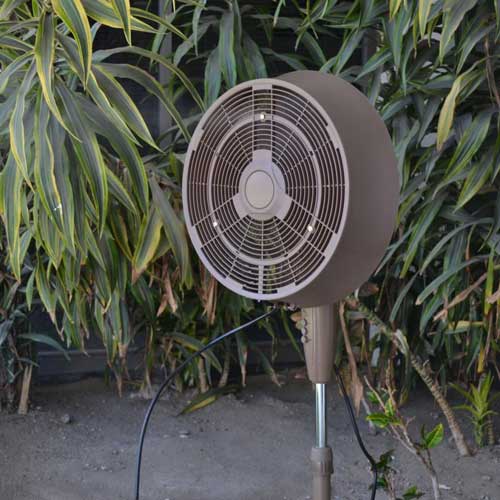
Using fans is a proven method to ward off skeeters both indoor as outdoor. The common claim that skeeters dislike a breeze and thus stay away is not entirely true though.
Although they may have a harder time circling around you and landing on you there’s something else what makes fans efficient.
The air circulation disperses and dilutes the carbon dioxide you exhale. Other signals the bugs use to find you are sweat, lactic acid and body heat which a fan helps reduce. Researchers conducting a study on the benefits of fans as mosquito repellents concluded:
“We recommend that fan-generated wind should be pursued as a practical means of protecting humans or pets from mosquitoes in the backyard setting,”
The fan on the photo is an outdoor misting fan. You could use a normal indoor fan too when, for instance, sitting on the porch.
Conceal candles
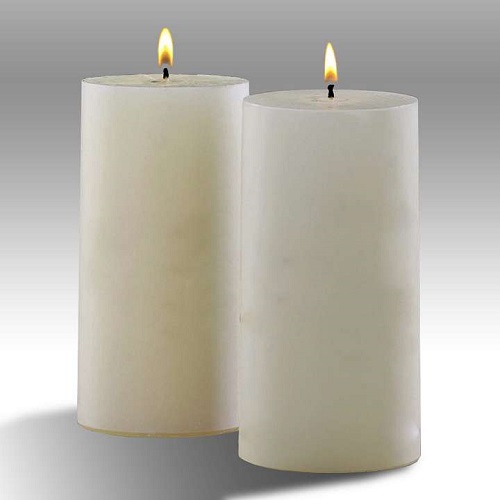
Everybody knows citronella candles which are repellents (emit a scent the bugs don’t like and want to avoid). Conceal candles work differently, they are inhibitors.
This means that they interfere with the smelling ability of mosquitoes in the proximity. Once they have smelled these candles burning they are disoriented and, supposedly, aren’t able to find you or your family members anymore.
These candles contain a botanical substance called Linalool or ‘Conceal Inhibitor Molecule’.
Controversial systems
Bug zappers
Opinions on effectiveness and environmental influence of these devices differs. The reason for the popularity of these devices may be the satisfying zapping sound they make when bugs hit the electrified grid. This gives users the impression the zapper effectively reduces the local mosquito population.
With their fluorescent lights they are able to attract and kill thousands of insects in relatively short period of time. These devices however are generally not recommended for mosquito reduction.
According to the American Mosquito Control Association, bug zappers, also called black light insect electrocution devices do not reduce the amount of mosquitoes in your yard.
What’s more is that these devices, their use going back to the 1930’s, kill billions of beneficial, non-pest insects yearly in the U.S alone.
Since these insects such as beetles and moths are natural enemies of other insect pests you may be actually increasing problems in your yard by using a zapper. On top of that you are reducing the food supply of many songbirds.
According to one study conducted in residential backyards, of the insects killed by these devices only 0.13% were female mosquitoes.
The only two controlled studies conducted to date by independent investigators at the University of Notre Dame showed that mosquitoes comprised merely 4.1% and 6.4% respectively of the daily catch over an entire season.
Zappers kill thousands of (beneficial) bugs each night and only a handful mosquitoes
However, some people swear by them
Reviewers claim that the Flowtron 80w (and 40w and 15w) kills mosquitoes, even without the use of an attractant. They mention finding hundreds of dead mosquitoes underneath the device and suspect it works well because it attracts and kills mosquitoes.
Users also point out that where you put it is essential to its ability to get rid of mosquitos and actually speak of “cost-efficient, environmenally-sensitive bug elimination.”
Hanging it at least 20 feet away from where you are sitting keeps you from being exposed to the attraction zone (read: clouds of pesky bloodsuckers).
Strategically placing the Flowtron bug zapper near the source of the mosquitoes (i.e. on the route from the swamp or neighbors pond to your patio) is said to help. It’s also recommended to hang it between 4 and 6ft from the ground, not too close to a wall and use octenol in addition.
Depending on how they are employed, bug zappers seem to cause a decline in attacks eliminating the need for citronella torches, sprays, and long sleeves in the yard.
What to make of this controversy? Read the user reviews of the most popular bug control device on Amazon, the Flowtron BK-15D Electronic Insect Killer and decide for yourself.
Burn pinion wood
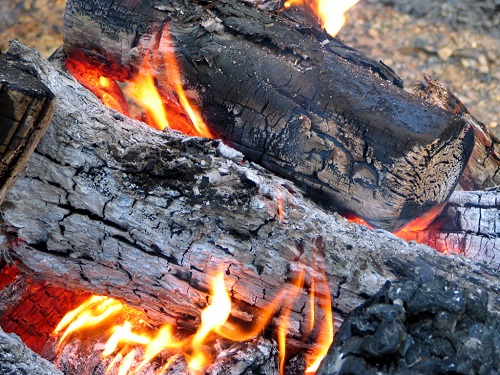
The smoke of burning pinion and its pine scent wood repels mosquitoes according to some people. Burn the wood in a patio fireplace, chiminea or pit. There’s no research available on the efficacy of this method. Lowes is one of the stores that sell this type of wood.
Vacuum and other traps
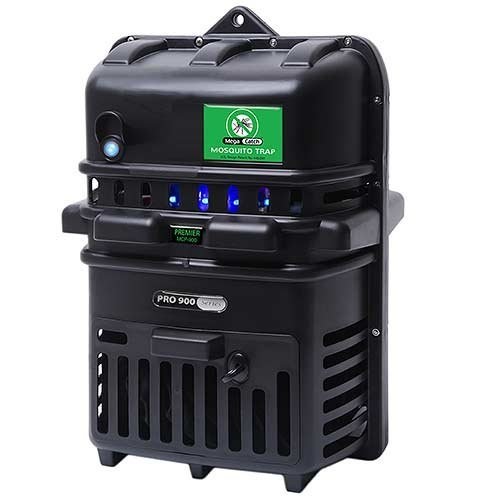
According to some these are the most powerful mosquito traps available because they lure with a CO2 plume and vacuum the mosquitoes in. These electricity or propane powered traps may use octenol to attract even more skeeters.
Similar devices use oscillating UV light and pulsing heat core systems to mimic subtle changes in human body temperature and thus attract mosquitoes and catch them in nets.
User experiences with various traps seem to vary greatly and to depend on personal situations and methods of use. Some users note finding bags full of mosquito butts after a night´s use while others mention catching only a few moths.
Unreliable repelling systems
Mosquito coils
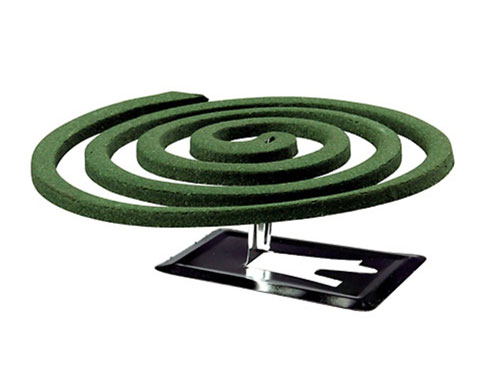
Theoretically ‘smoke coils’ work but in day to day practice they are pretty much useless.
Outdoor mosquito coils burn Citronella oil which is derived from a specific type of lemongrass. Not only is the smoke quickly dissipated by wind but breathing it in may also be harmful to our health.
University of Illinois’ Dr. Robert Novak tested mosquito coils for ABC News and reported mosquitoes simply attacked the uncovered by smoke body parts.
when the smoke covered a human test subject’s shin, the mosquitoes flew around the subject’s leg and bit them on the calf.
Citronella wax buckets and barrels
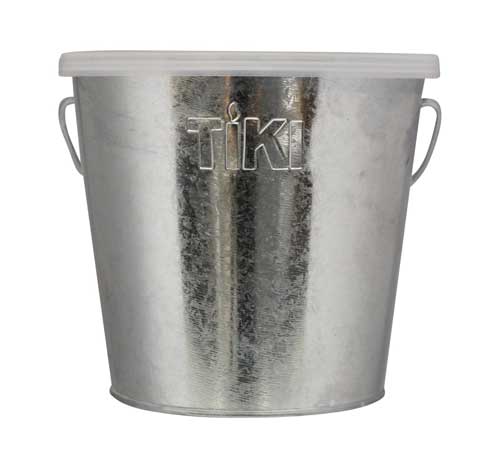
Citronella oil in itself has some repelling abilities. Listed since 1948 by the FDA as a Generally Recognized as Safe biofungicide it works because the strong citrus-like scent masks the CO2 we exhale that attracts mosquitoes.
Due to this method of action, scented candles, a.k.a conceal candles can also provide a degree of protection. Other options are burning citronella essential oils in a burner.
Candles need to be placed close to where you are sitting and belong to the most inexpensive choices available. A little bit of wind however or being out of reach of the candles may result in instant bites.
Growing pest-repelling plants
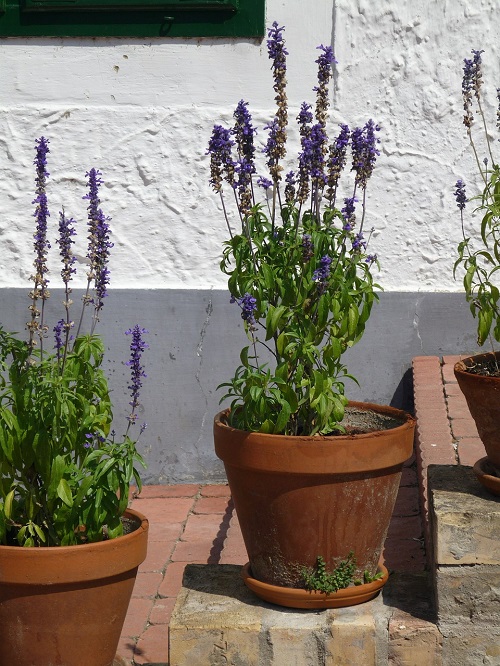
It is a common practice in Africa and other parts of the world to grow mosquito repellent plants. The presence of certain aromatic foliage is commonly claimed to help keep the bugs at a distance.
This however is more out of necessity (they often have no other options) than out of effectivity. The reason these plants are grown in Third World countries is because really effective repellents such as DEET are not readily available.
Contrary to popular belief, plants themselves do not repel mosquitoes. Or only minimally.
Bug blocking plants produce strong volatile oils when the plant is touched or processed. These scents are used to mask scents people emit thus interfering with mosquitoes looking for prey.
Certain plants contain substances toxic to insects. These are commonly used as last resort measures in third world countries to make DIY insect sprays.
The common glorification of plants and botanical mosquito sprays despite, mosquitoes are too persistent to be deterred by these measures.
Things that do not work
Citrosa plants
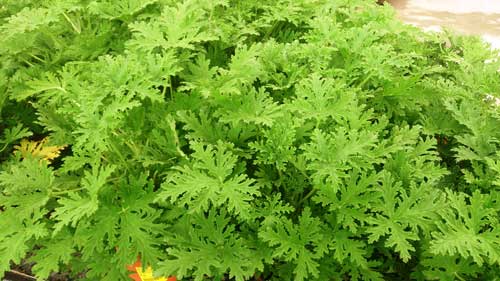
The venerated Citrosa plant, a.k.a. Pellargonium citrosum, a.k.a. Pelargonium ‘Van Leenii’ is much ado about nothing. The best plant to get rid of mosquitoes according to uninformed believers, a hoax to the skeptic and informed.
Studies show that Pelargonium citrosum is ineffective in repelling Aedes aegypti mosquitos.
“Not only was the plant ineffective at protecting humans against Aedes mosquito bites, the mosquitoes were seen landing and resting on the citrosa plant on a regular basis.” (Wikipedia)
Ultrasonic repelling devices
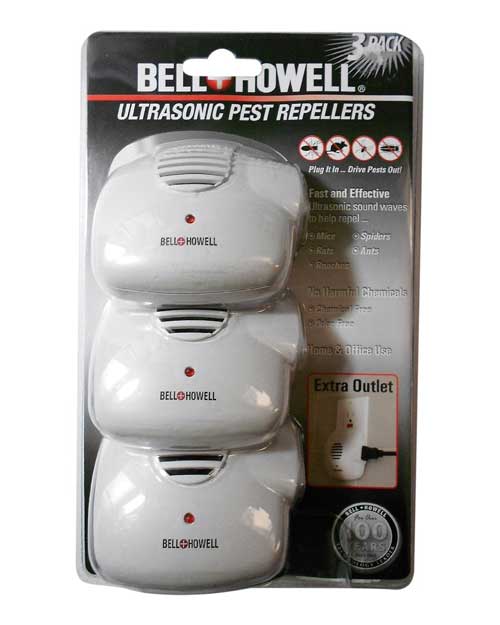
Zappers may be controversial because of their indiscriminate action, ultrasonic emitters just don’t work. Supposedly causing a deafening 10,000 hertz sound wave these gadgets are pretty much useless. The thing is, mosquitoes can not hear that frequency. Just like humans can not.
Birds and bats
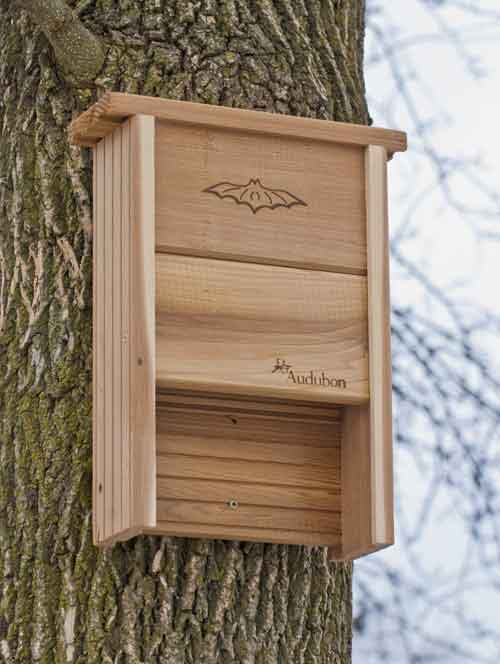
A popular tip offered on many websites is to get a bat or bird house. A single bat will eat almost 1000 mosquitos in an hour is the claim.
By introducing bat and bird houses to the yard you are supposedly creating a natural way of managing the skeeter problem.
Science shreds such old wives tales to pieces though. Various studies demonstrate that mosquitoes form less than 1% of the diet of wild bats.
Birds as keepers of the mosquito-free yard are another popular fallacy. The diet of Purple martins consists of about 3% mosquitoes according to research.
In summary
Getting rid of mosquitoes entirely in your garden may prove very difficult, perhaps impossible.
Treatment of water and taking away potential standing water vessels are the most efficient steps but even if you manage to make your yard completely free of breeding spots mosquitoes can fly in from miles away.
Of course misters and repellent devices can add to the mix allowing you to take matters in own hands (as much as possible).
Which approach or product will be best will depend on your personal situation. By reading this list in which we dispel myths and list methods that really work we you are setting the first step into a mosquito free yard (or at least a less pestered yard).
Taking action will help you take back your yard so you can spend time with friends and family without the nuisances and health risks caused by these miserable little gits.
What works for you? Or did not work?
Got some tips or experiences to add? Have any questions?
Shout it out below.
Images: Larvae, Wikipedia, Mosquitofish, Pond in yard, Swimming pool. Soggy soil, Fairfax County, Lavender, Pixabay.
